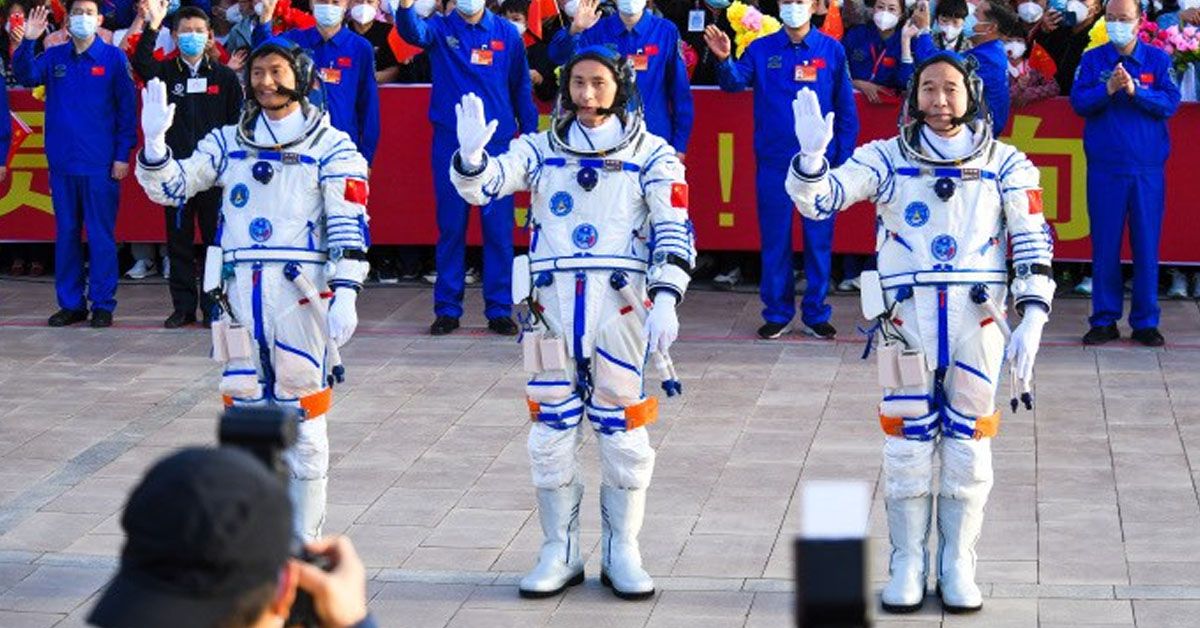A new milestone has been set that sparks a fresh era of space exploration. For the first time in history, 17 intrepid explorers from five different countries are simultaneously orbiting our home planet, Earth.
This achievement transcends previous records, shattering the prior mark set by the Inspiration4 mission in September 2021. What prompts our curiosity now is, what remarkable sequence of events led us to this groundbreaking moment?
Breaking Down the Current Space Population
Our count begins with the crew aboard Shenzhou 16, a spacecraft hailing from China, containing three dedicated taikonauts. These individuals blasted off into the cosmos, their eyes set on reaching China's Tiangong space station.
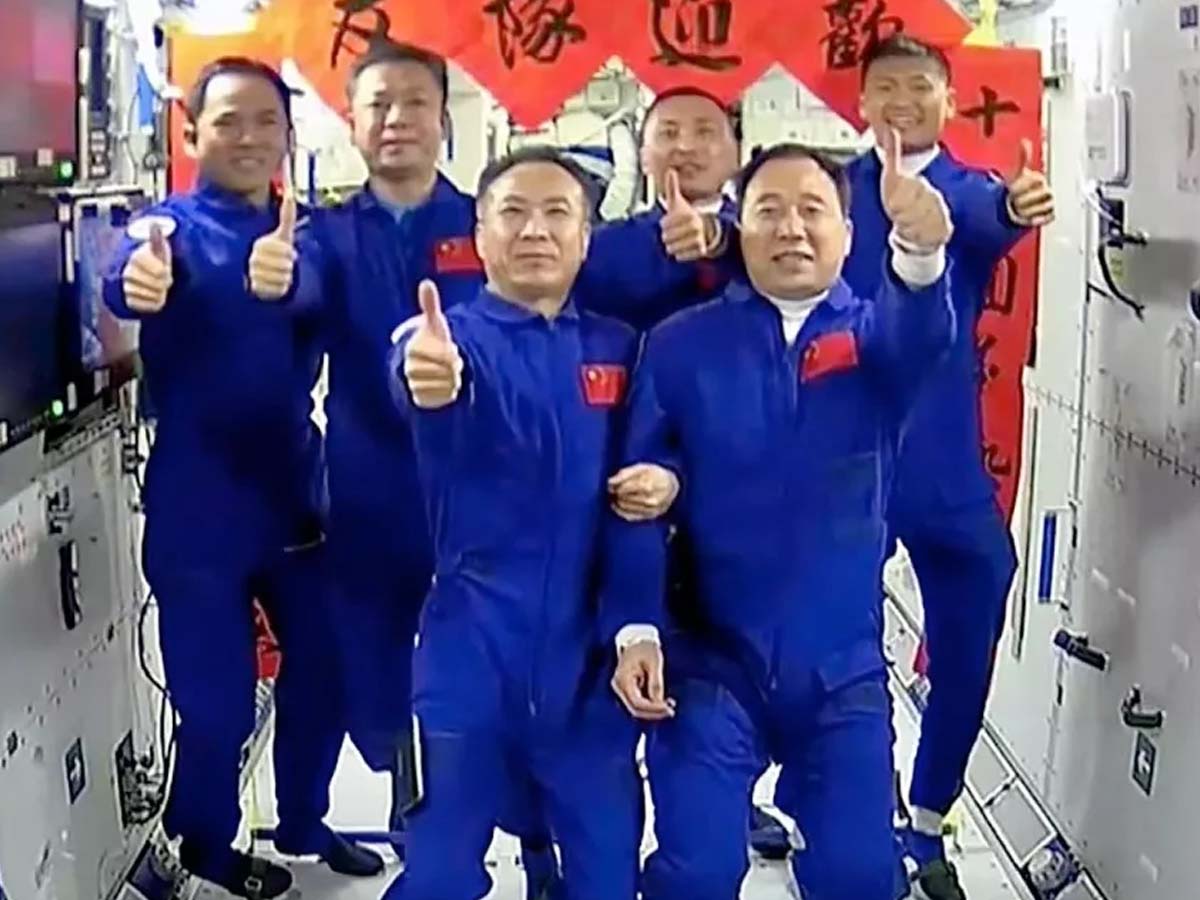
Parallel to their journey, another set of taikonauts has been orbiting Earth in the Shenzhou 15 spacecraft. This trio also contributes to China's increased presence in space, showing their commitment to cosmic exploration.
The third group in our space census, Expedition 69, is a diverse assembly of seven astronauts and cosmonauts. Their mission aboard the International Space Station reflects the unity that space exploration can bring, crossing borders and nationalities.
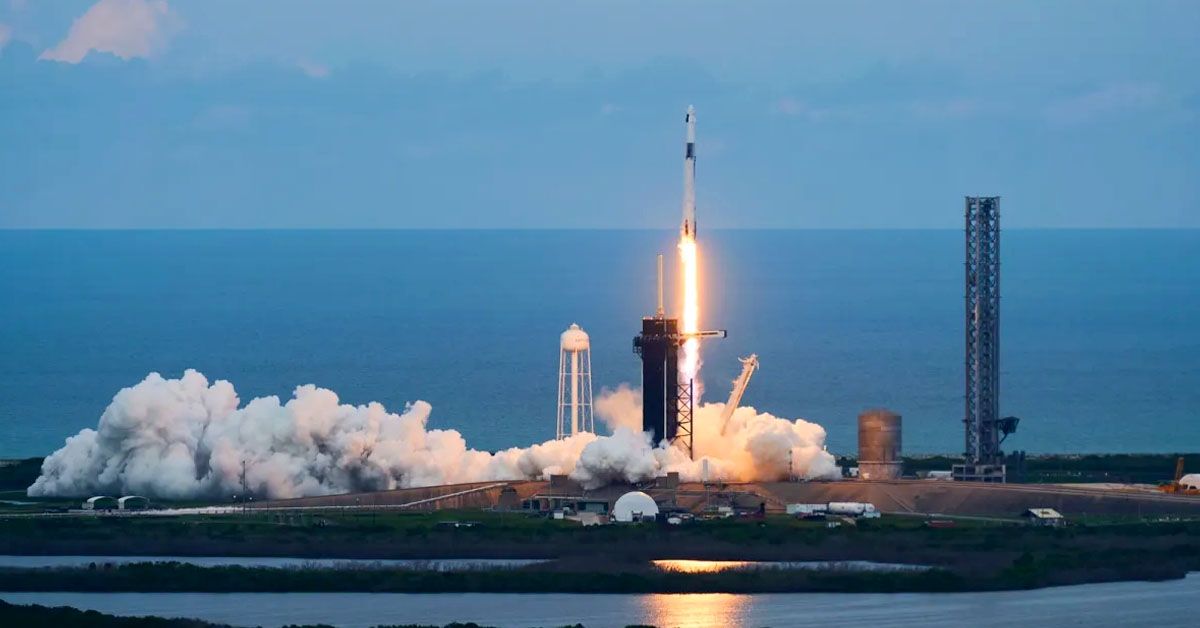
Lastly, we have the Axiom-2 (Ax-2) crew, composed of four astronauts. This group brings a new dimension to space travel, as it represents the expanding domain of private space exploration.
Shenzhou 15: 3 Taikonauts
Shenzhou 16: 3 Taikonauts
Expedition 69: 7 Astronauts and Cosmonauts
Axiom-2: 4 Astronauts
Notable Achievements in the Current Group
Some significant milestones are worth noting among the individuals currently making their homes among the stars. One is the accomplishment of Barnawi, who is not only the first Saudi woman in space but also the 600th person to orbit Earth. Her achievement underscores the increasing diversity and inclusivity in space travel.
The #Ax2 crew is ecstatic about science! 🧫🧪 Saudi National astronaut Rayyanah Barnawi is working hard in the Life Sciences GloveBox (LSG) on the RNA Response payload. pic.twitter.com/5iXJqjKm3Q
— Axiom Space (@Axiom_Space) May 29, 2023
Not too long ago, a momentous occasion occurred when a whopping 19 people found themselves off our planet simultaneously (not in orbit though). This brief window demonstrated the potential for an even larger human presence in space and hints at the exciting developments to come in the future of space exploration.
Continuous Human Presence in Space: A Brief History
The year 2000 marked the commencement of this stellar journey when the International Space Station (ISS) first hosted astronauts. Since then, this orbiting laboratory has seen a continuous stream of scientists from various nations, contributing to a wealth of knowledge and fostering international cooperation.
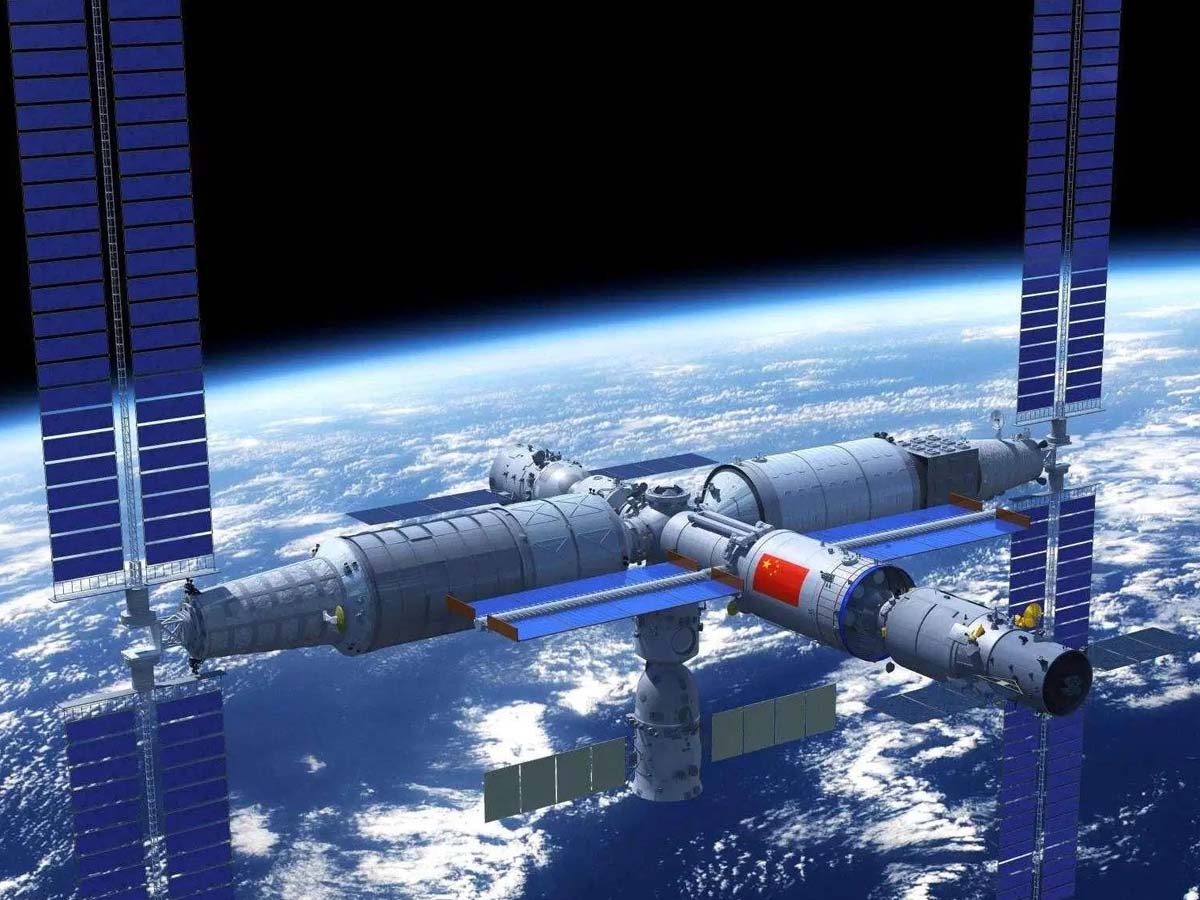
China joined the endeavor of long-term space habitation with the assembly of their Tiangong space station last year. Since the arrival of the first crew in 2021, five different groups of taikonauts have called the station home, adding a new chapter to the story of humans in space.
Behind the Scenes of the Record-Breaking Launch
The historical event took place at the Jiuquan launch base in China's Gobi Desert. A Long March 2F rocket, carrying the Shenzhou 16 mission, thundered into the sky. The meticulously planned launch took place at a precise moment: Tuesday, May 30, 2023, at 1:28 AM UTC.
The crew, under the command of Jing Haipeng, a major general in China's military, comprised three members: Jing, Zhu Yangzhu, and Gui Haichao. While Zhu served as the spaceflight engineer, Gui was the payload specialist for the mission.
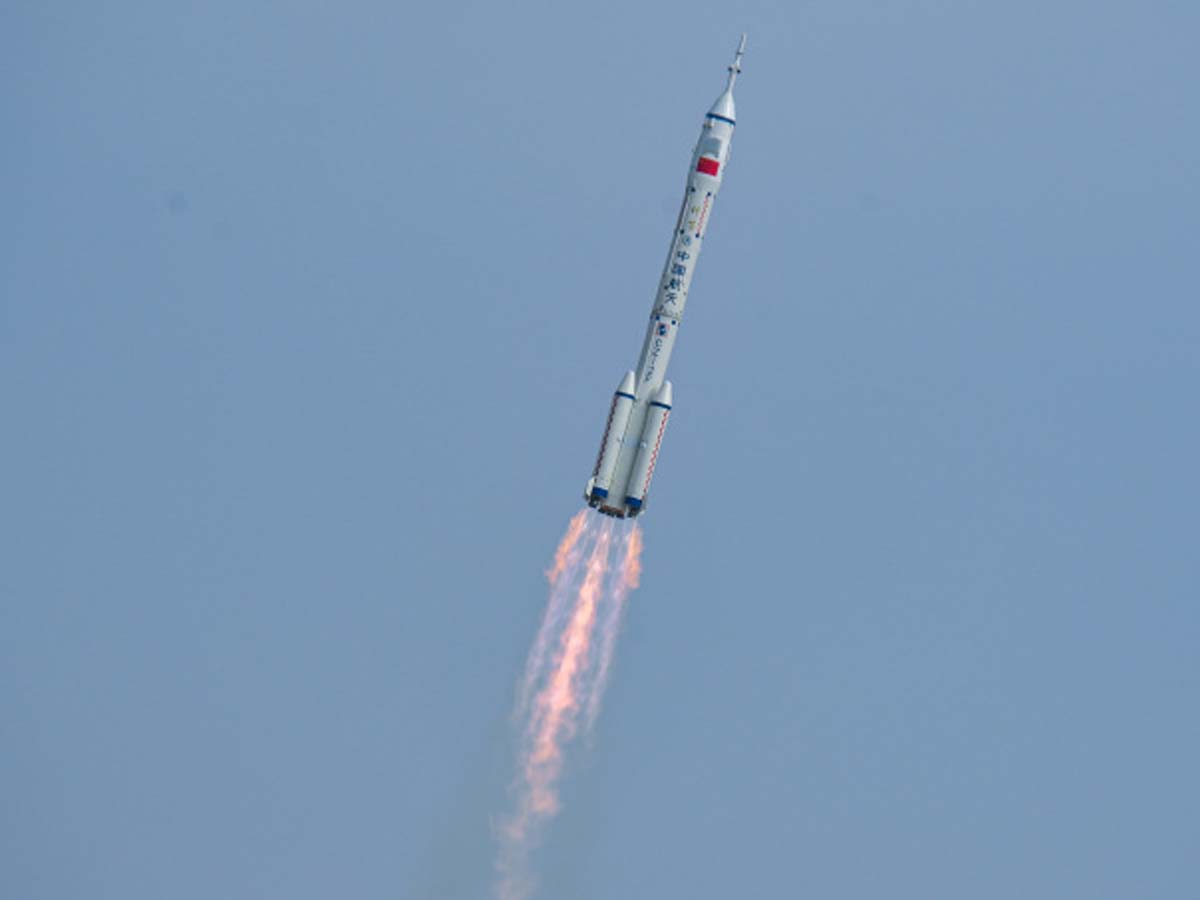
Jing, a seasoned space traveler, etched his name in history by becoming the first Chinese astronaut to embark on four space missions. His dedication to space travel can be exemplified by his extensive study of more than 70 flight manuals and thousands of operating instructions.
What's Next for the Shenzhou 16 Crew?
Once the Shenzhou 16 crew docked with the Tianhe core module at the Tiangong space station, the next phase of their mission began. Their tenure is marked by the critical transition of the Tiangong station into its scientific utilization phase.
This crew will oversee various tasks including safety measures, maintenance, and executing large-scale scientific research. Their itinerary includes exciting activities such as spacewalks to service the lab's electric propulsion system and installing experiments. The crew will also participate in outreach events, connecting with Chinese students for lessons from space.
Expanding the Tiangong Space Station
In the future, the Tiangong space station is expected to support nearly 1,000 scientific research and application projects. The ambitious plans include constructing and launching an expansion module to increase the station's capabilities.

Additionally, China is seeking proposals for a commercial cargo transportation system. This innovative step will facilitate efficient supply missions to the station, further reinforcing the sustainability of their long-term space presence. They are also planning to launch an optical telescope next year, designed to work with the space station.
China's endeavors in space are a testament to human determination and ingenuity. These efforts remind us that the boundaries of our exploration are only limited by the extent of our collective imagination.
Sources: spaceflightnow.com / nationalpost.com
